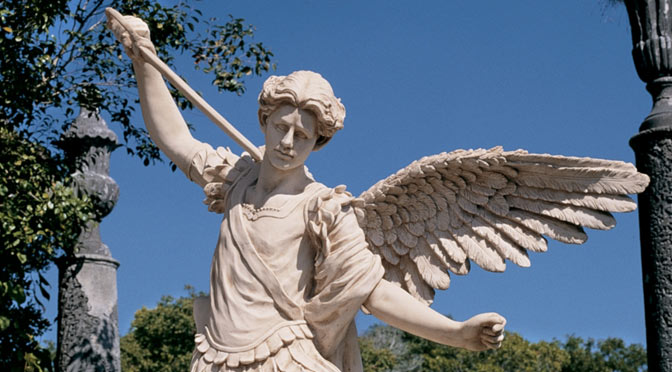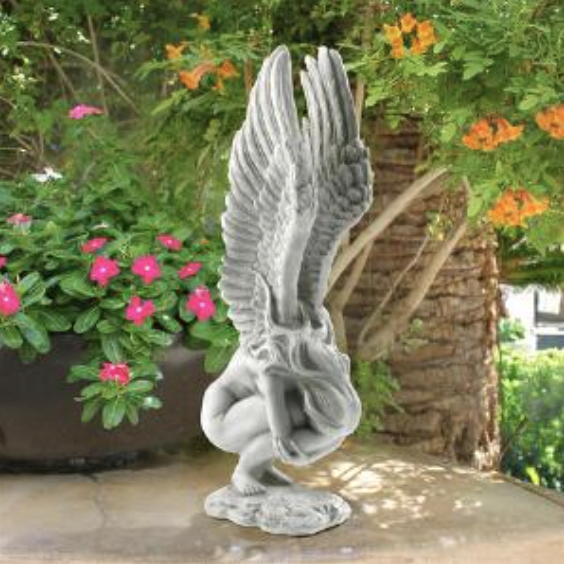In many world religions and cultures, angels exist as attendants, guardians, warriors, and messengers of a supreme being. Artists took these interpretations and created paintings, sculptures, and other priceless masterpieces for churches, cathedrals, and cemeteries. The English word “cherub” is derived from the word “angel,” hence cherubs appearing as young, childlike angels. Most often, angels are understood as divine or human messengers that intermediate between God and man.
Although the characteristics and origins of angels vary depending on religious or cultural interpretation, it was after Biblical Judaism that angels rose to their significant roles and rank. Prodigious numbers of angels developed specific jobs, such as guardian angels, and a systematic hierarchy came about. The proximity to God, or another supreme being, determined the hierarchy. In the first hierarchy were Cherubim, Seraphim, and Thrones.
Archangels and angels were in the third hierarchy. The Christian interpretation of angles included individual angelic messengers with distinct characteristics both in theology and art, such as the Archangel St. Michael. St. Michael is the subject of many famous angel paintings and angel statues at DesignToscano.com such as our Archangel St. Michael Canvas Replica Painting (DA1541) and St. Michael the Archangel Garden Statue (KY1152).
Angels as iconographic art go back to Christian images of angels from the third century on catacombs, sarcophagi, lamps, and other relics. What’s interesting is that these early depictions of angels are depicted without wings. Winged angels didn’t come into art and icons until later, when angel’s wings were interpreted to indicate the angels’ sublime nature and ability to descend to earth. Modern day angels usually have wings, white, flowing robes, a halo, and serene expression, as can be seen in our Music from Heaven Angel Statue (KY47015).
Angels are important architectural accents on many historical churches and surrounding gardens. We’ve replicated such angel wall sculptures as the Santa Croce Angel (NG33656) that originally was found on an Italian church wall. Angel sculptures also memorialize those who have passed on, as they are used in cemeteries and graveyards, like our Angel of Grief Monument Statue (DB1111), based on the original by William Wetmore Story. An original found in a Roman cemetery inspired our Resting Grace Sitting Angel Statue (NG34725).
Remembrance and Redemption Angel Sculpture (NG33765) is a good example of a garden angel figurine.
Find all these and more glorious works of art in Design Toscano’s Angel & Cherub Statue collection because as they say, “Feathers appear when angels are near.”




